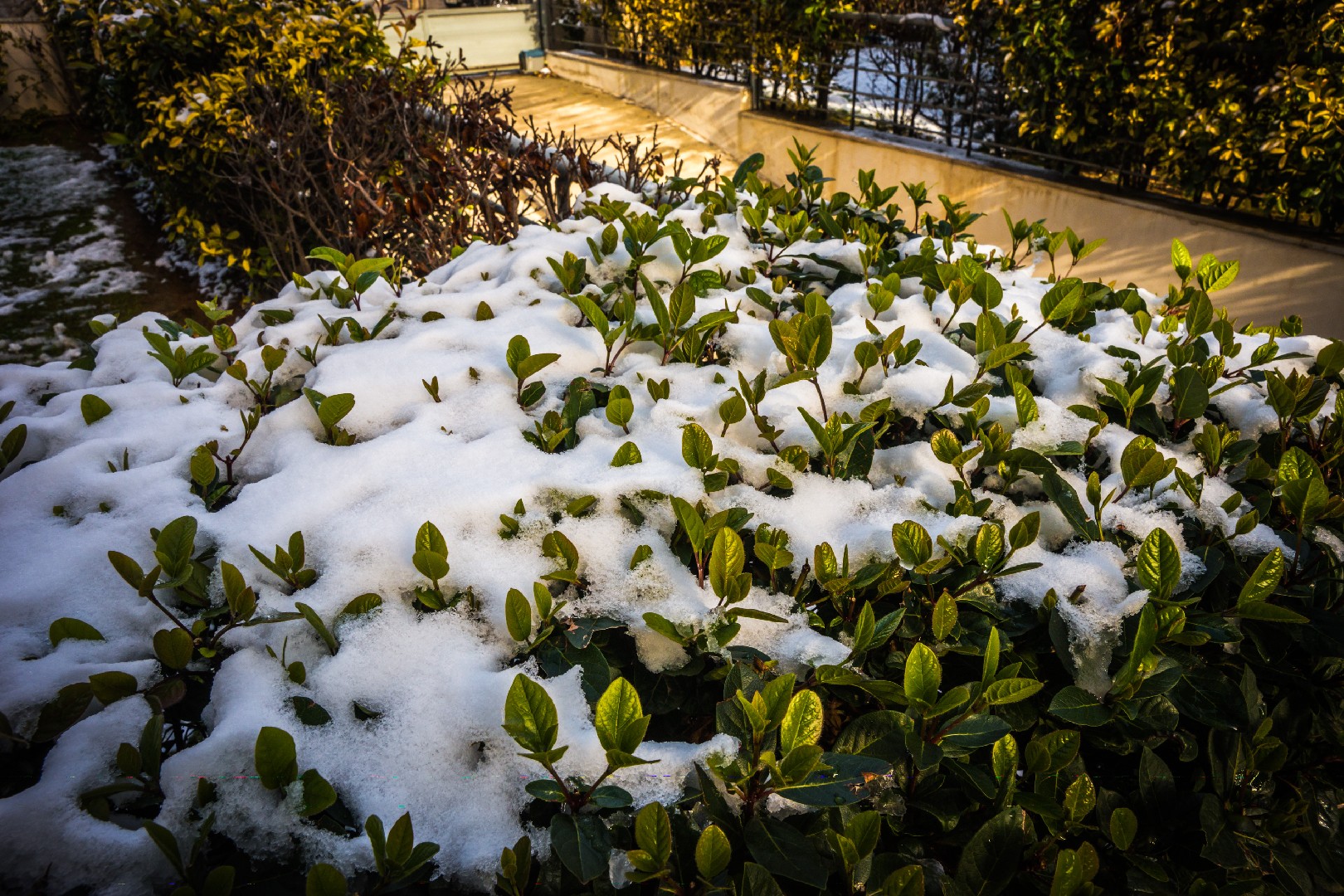![Rectangle]()
Fortifying Your Green Fortress: Protective Measures against Winter
As the cold season approaches, it is crucial to take proactive steps to shield your garden from winter's clutches. By following these care and maintenance tips, you can ensure that your plants stay healthy and survive the harsh conditions.
One of the key methods to protect your garden during winter is through mulching. Mulch helps insulate the soil and regulate its temperature, keeping it from extreme fluctuations. It also prevents weeds from growing and reduces moisture loss. Apply a layer of organic mulch, such as wood chips or straw, around your plants to provide a protective barrier. Make sure not to pile the mulch against the plant stems to avoid rot.
Another important consideration is adjusting your watering schedule. While it's tempting to reduce watering in the winter, it's essential to provide adequate moisture to your plants. Watering deeply and less frequently will encourage plants to develop deep root systems, which make them more resilient to cold temperatures. Monitor the moisture levels in the soil and water when necessary, taking care not to overwater as excess moisture can lead to root rot.
Winter fertilizing is another effective method to fortify your garden. Applying a slow-release fertilizer in late fall or early winter provides plants with essential nutrients throughout the dormant season. This helps promote root growth and ensures strong plants come springtime. Use a fertilizer specifically formulated for winter use, following the recommended application rates.
Using protective covers is a commonly employed technique to shield plants from winter's harsh conditions. However, it's important to be aware of the pros and cons before employing this method. Protective covers, such as burlap or frost blankets, can protect plants from freezing temperatures, frost, and wind. They create a microclimate, trapping heat and moisture. However, they may also limit air circulation and sunlight, so it's crucial to monitor the weather and remove the covers during milder days to prevent humidity buildup and disease.
For advanced gardeners looking for additional methods, consider using anti-desiccants, creating microclimates, or employing 'Heeling In' techniques. Anti-desiccants, such as wax-based sprays, reduce moisture loss in plants by forming a thin protective coating on leaves. Creating microclimates involves creating sheltered areas using structures or planting near walls or fences to provide additional warmth and protection. 'Heeling In' refers to temporarily transplanting potted plants into the ground, covering the roots with soil for added insulation.
By implementing these protective measures, your garden will have a better chance of thriving during the winter season. Remember to stay vigilant, monitor your plants regularly, and adjust your care routine as needed. With proper care and maintenance, your green fortress can withstand the challenges of winter and remain a vibrant oasis until spring arrives.





